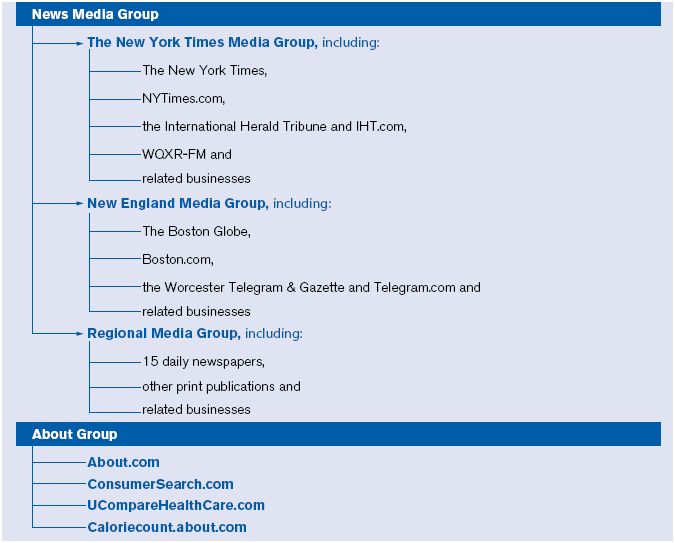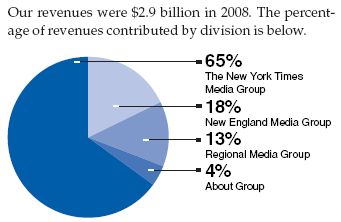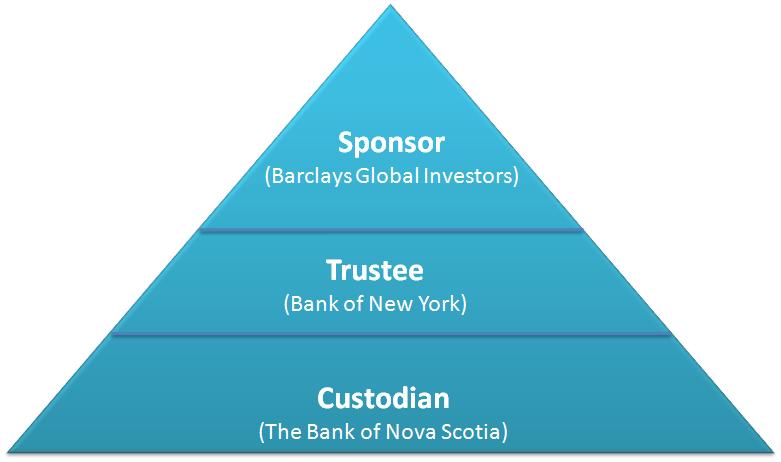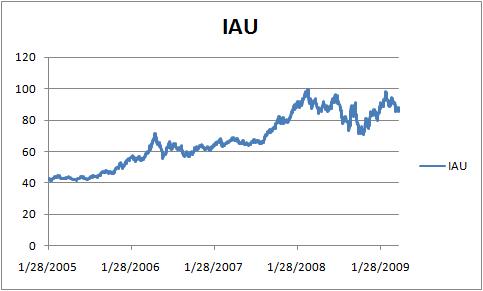WSJ reported yesterday that regulators have told Bank of America and Citigroup that they would need to raise more capital based on the stress test results.
Obviously, this means that their current capital is not enough and they have failed the stress tests. What this also means is that the great first quarter results shown by Citi didn’t mean much and the noises made by Mr. Ken Lewis about asking for 20 billion instead of just 10 billion was not a “tactical mistake”.
Ordinarily, this would have meant huge bonuses for Citi and BofA executives, but, at least in the case of BofA — some people down at CalPERS don’t seem to agree. CalPERS is the biggest US Public Pension fund and holds about $176 billion dollars in assets. They own 22.7 million Bank of America shares and are going to vote against the re-election of Mr. Lewis and all other directors.
From their press release:
CalPERS contends that Lewis and other directors failed to disclose information to shareowners in connection with Bank of America’s merger with Merrill Lynch. The pension fund also believes that the undisclosed payment of billions of dollars in bonuses to Merrill Lynch executives – before completion of the merger – warrants a vote against all directors.
“The entire board failed in its duties to shareowners and should be removed,†said CalPERS Board President Rob Feckner. He noted the poor condition of the company, the failure by directors to disclose the extent of Merrill Lynch’s losses prior to consummation of the merger, the payment of billions of dollars to Merrill executives in bonuses for failure, and the failure of the board to act in the best interests of shareowners in overseeing management.
Citi is currently negotiating with the government to allow bonuses for its energy trading unit. You all know what a great quarter it just had.
This little piece from NYT sums it well:
One of the maneuvers, widely used since the financial crisis erupted last spring, involves the way Citigroup accounted for a decline in the value of its own debt, a move known as a credit value adjustment. The strategy added $2.7 billion to the company’s bottom line during the quarter, a figure that dwarfed Citigroup’s reported net income. Here is how it worked:
Citigroup’s debt has lost value in the bond market because of concerns about the company’s financial health. But under accounting rules, Citigroup was allowed to book a one-time gain approximately equivalent to that decline because, in theory, it could buy back its debt cheaply in the open market. Citigroup did not actually do that, however.
This is akin to negotiating with your credit card company; bringing your debt down from $5,000 to $2,500 — and then partying with the $2,500 dollar profits.
What party? — you ask.
Didn’t you hear about Wall Street compensation in the first quarter going back to 2007 pre – crash levels. I heard it when a Nobel Prize winning economist was griping about it.
So what’s going on here? Why are paychecks heading for the stratosphere again? Claims that firms have to pay these salaries to retain their best people aren’t plausible: with employment in the financial sector plunging, where are those people going to go?
No, the real reason financial firms are paying big again is simply because they can. They’re making money again (although not as much as they claim), and why not? After all, they can borrow cheaply, thanks to all those federal guarantees, and lend at much higher rates. So it’s eat, drink and be merry, for tomorrow you may be regulated.
Or maybe not. There’s a palpable sense in the financial press that the storm has passed: stocks are up, the economy’s nose-dive may be leveling off, and the Obama administration will probably let the bankers off with nothing more than a few stern speeches. Rightly or wrongly, the bankers seem to believe that a return to business as usual is just around the corner.
So, the banks are making paper profits and paying cash bonuses and yet their troubles don’t seem to end. What could they possibly do?
The answer is very simple — increase the Tangible Common Equity of banks and everything will be fine. Banks are not sufficiently funded, so if you fund them through this liquidity crisis — they will be just fine.
From Reuters:
Citi’s tangible common equity ratio was 1.66 percent at the end of the first quarter. Converting preferred shares into common, coupled with the $2.7 billion sale of a stake in Smith Barney brokerage unit into a joint venture with Morgan Stanley, should raise its tangible common equity ratio to 4.97 percent, Fox Pitt Kelton analysts wrote in a report two weeks ago.
So, even though they will not get any real cash, at least their books will look good. James Kwak made an insightful observation about TCE and preferred — common conversions a couple of months ago:
Because of the newly perceived need for TCE, the bailout plan under discussion is to convert some of the preferred stock into common stock. Citi wouldn’t actually get any new cash from the government, but it would be relieved some of the dividend payments (currently close to $3 billion per year), and of the obligation to buy back the shares in five years. (For the impact on Citi’s capital ratios, see FT Alphaville.) This is a real benefit to the bank’s bottom line, and hence to the common shareholders. At the same time, though, Citi would issue new common shares to the government, diluting the existing common shareholders (meaning that they now own a smaller percentage of the bank than before). In theory, the amount by which the shareholders in aggregate are better off should balance the amount of dilution to the existing shareholders.
So, even though banks have been doing pretty good when it comes to book profits and are doing equally well managing cash outflows; the situation doesn’t seem to improve.
Is it time to pause and rethink this whole thing?








